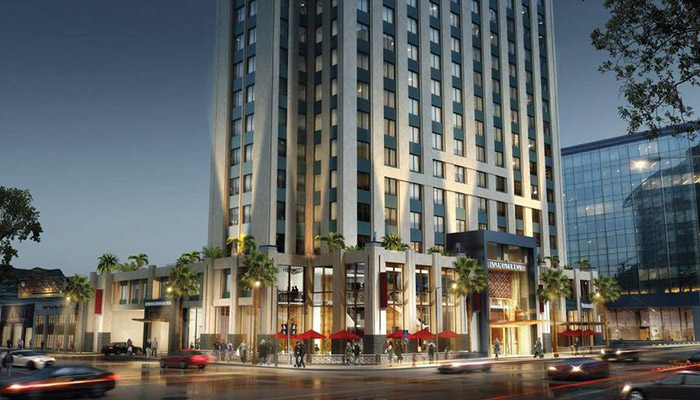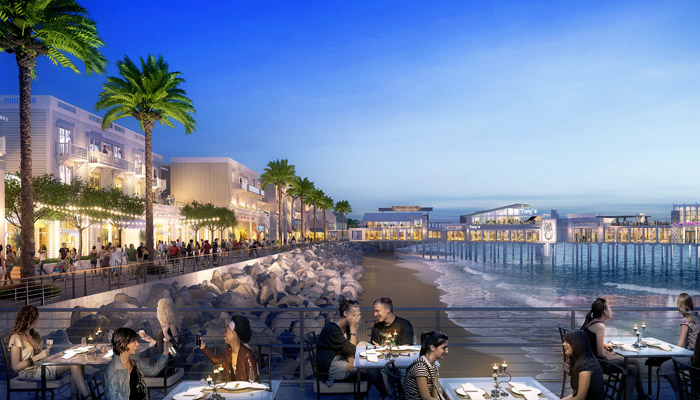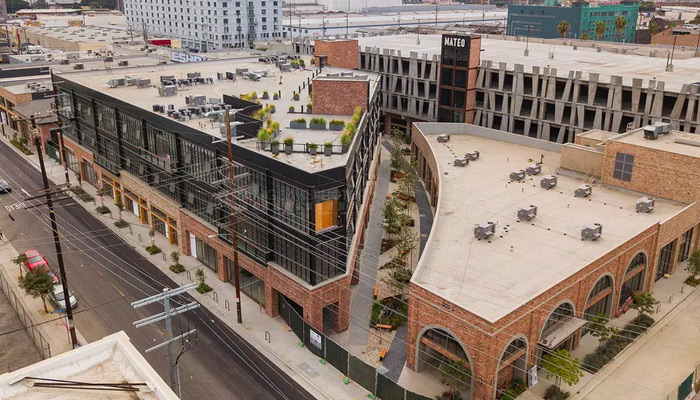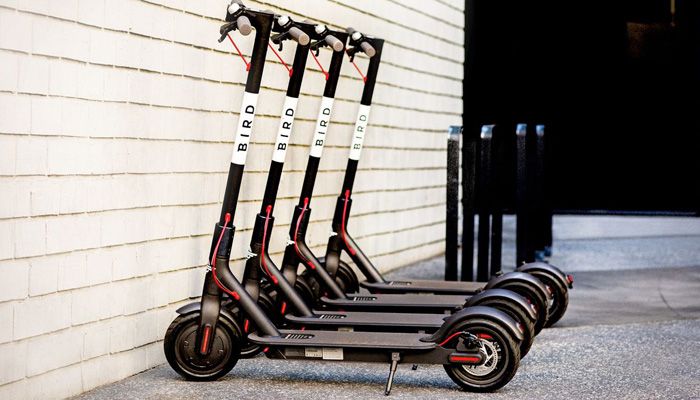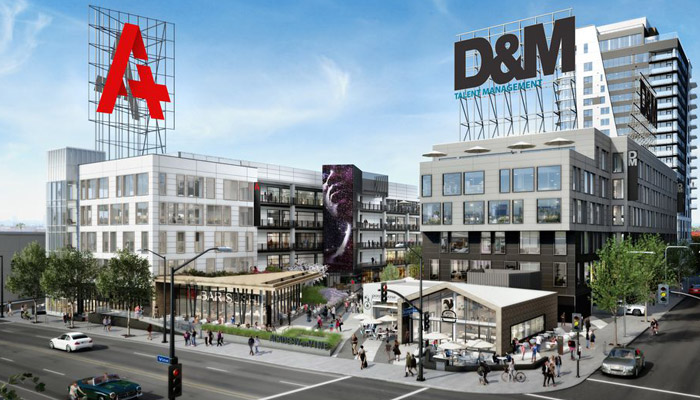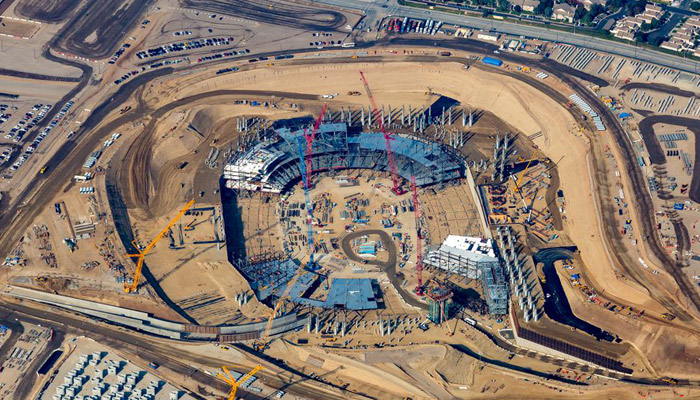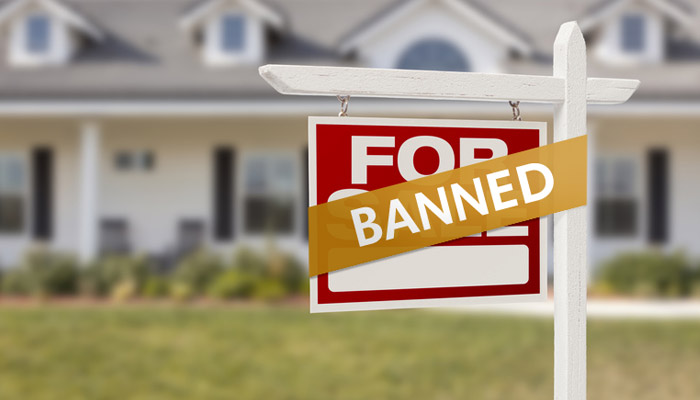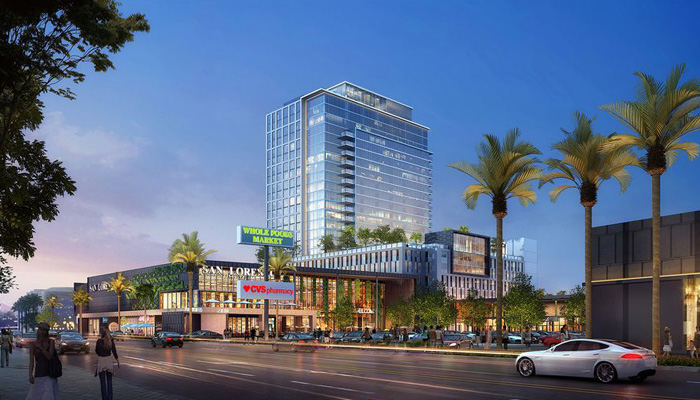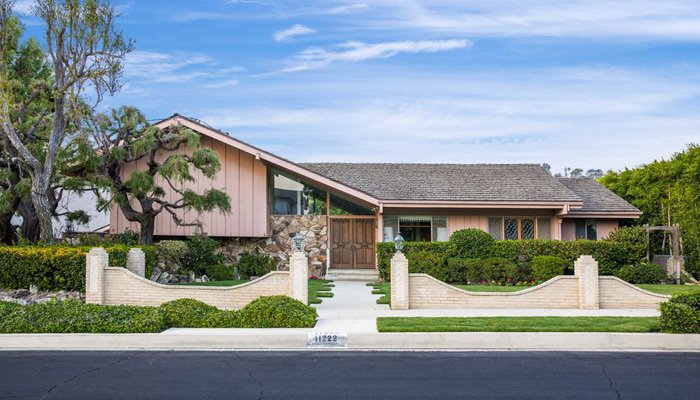
By Jenna Chandler / Bianca Barragan for Curbed Los Angeles | Read the original article here
Will the Brady Bunch House return to the small screen? The famous home has sold to make-over powerhouse HGTV—which plans to “restore it to its 1970s glory.”
David Zaslav, CEO of HGTV’s parent company Discovery, made the announcement to investors on a conference call early Tuesday morning.
“I am excited to share that HGTV is the winning bidder,” he said. “More detail to come over the next few months, but we’ll bring all the resources to bear to tell safe, fun stories about this beloved piece of American TV history.”
Zaslav did not disclose how much the network paid for the property—or how much shiplapthey’ll put in.
Built in 1959, the exterior of the pink ranch-style home in Studio City appeared in every episode of the Brady Bunch except the first. (All interior scenes were shot on a Paramount Studios soundstage.)
The house appeared on the market this month—for the first time since 1973—with an asking price of $1.885 million.
“This iconic residence is reportedly the second most photographed home in the United States after the White House,” the listing reads.
The buyer had remained somewhat of a mystery over the past couple of days after NSYNC’s Lance Bass announced on social media that he put in an offer—only to be outbid by a Hollywood studio.
He said his offer was “way over the asking price.” But, he lamented: “How can I compete with a billion dollar corporate entity?”
